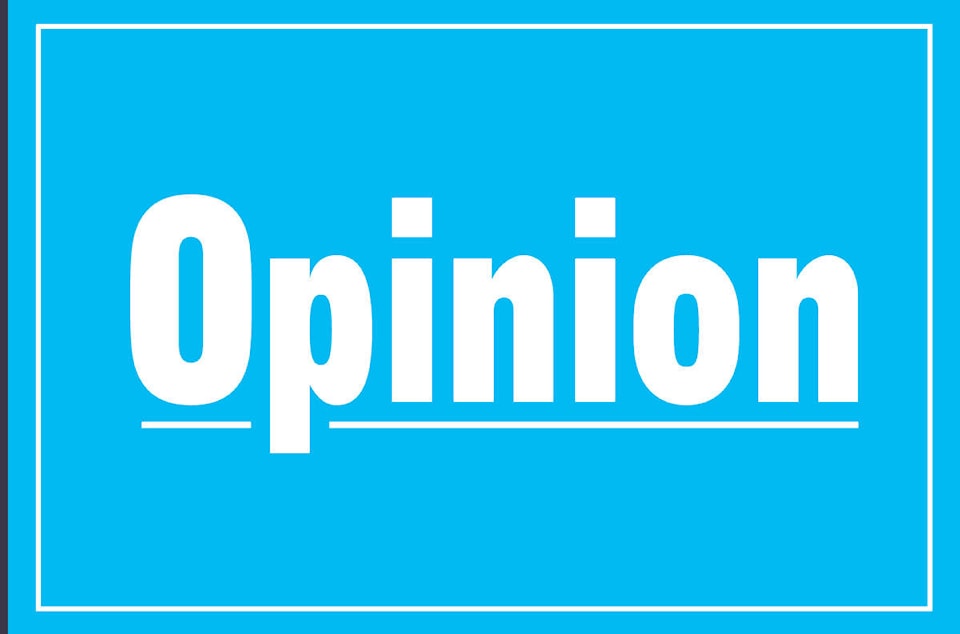Hold the champagne. If Monday’s much-anticipated byelection results suggest anything, it is that none of the main federal parties is where it should want to be a little more than six months from the official start of a national election campaign.
Here is a look at some of the bright and dark spots brought to light by the votes in York Simcoe, Burnaby South and Outremont.
The main mission for Justin Trudeau’s Liberals on Monday was to end a 12-year NDP reign in the Montreal riding of Outremont.
Inasmuch as they walked away from the byelections with a gain, while the NDP and the Conservatives held on to seats they already had, and if only in mathematical terms, the Liberals had the better night.
At 40 per cent, their score in Outremont was their best since the 2004 sponsorship scandal.
That is just the latest sign that the crisis over the government’s handling of SNC-Lavalin’s judicial file is unlikely to turn into a train wreck of similar proportions for Trudeau in Quebec in the fall election.
In fact, even as polls show the unresolved crisis is taking a toll on the prime minister’s party, voters in the three ridings in play on Monday did not seem inclined to discipline the Liberals for their latest alleged ethical transgression.
Only one in five voters cast a ballot in Outremont and York-Simcoe. The turnout in Burnaby South was 30 per cent. That being said, the Liberals lost close to 10 points from their 2015 scores in each of the two non-Quebec ridings in the last election. A similar drop across Ontario and B.C. this fall would see Trudeau and his party back in opposition.
Jagmeet Singh had a better night in the Vancouver area riding of Burnaby South than the NDP did in Outremont. His victory should quell the rumblings about his leadership, if not necessarily the doubts as to his efficiency as a national leader.
His entry in the House of Commons at a particularly challenging time for the ruling Liberals will offer the NDP leader as close to a second chance to make a good first impression as a politician can hope for.
Singh will have to hit the ground running, for Monday’s returns also brought the expected confirmation that the party is headed nowhere fast in the province that gave it the most seats in the last two federal elections.
Yes, the New Democrats held on to second place in Outremont with 26 per cent of the vote, and yes, it is a score they would have been proud of in the pre-Thomas Mulcair era. But that number reflects an 18-point loss in support.
It would not take a drop anywhere near that large to wipe the NDP off the face of Quebec this fall. Just last week, two more NDP MPs from Quebec announced they would not be seeking re-election.
The Conservative performance was symptomatic of all that ails Andrew Scheer’s party as it looks to the general election.
Its vote share went up in the riding where it at least needed to do better — giving it a win in Ontario’s York-Simcoe with 54 per cent of the vote as opposed to the 50 per cent it got in 2015. But the Conservatives lost ground in the other two ridings, suggesting the non-Liberal vote has yet to coalesce behind Scheer.
At seven per cent in Outremont, the Conservatives might as well have stayed home. In Burnaby South, their third-place finish with 22 per cent of ballots cast was overshadowed by Maxime Bernier’s People’s Party capturing 10.6 per cent of the vote.
The good news for the Conservatives is that its right-wing rival’s score is more reflective of the personal appeal of the local candidate than that of the fledging party. At barely two per cent in Outremont and York-Simcoe, Bernier’s first electoral tests in his home province and in Ontario were flops.
Chantal Hebert is a columnist with Torstar Syndication Services.
